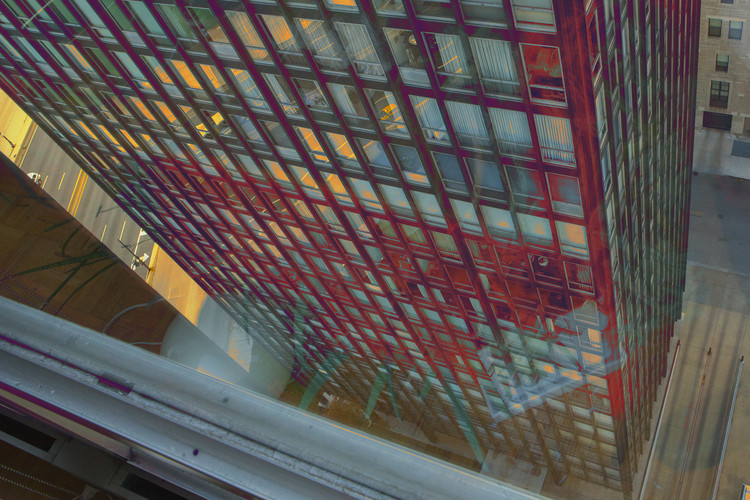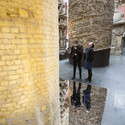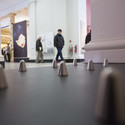"We are at a moment of great cultural transition," Jorge Otero-Pailos argues. "The kinds of objects that we look to to provide some sort of continuity in that transformation is often times architecture, [...] one of the most stable objects in culture." This short film, in which an number of participants of the 2017 Chicago Architecture Biennial reflect on their work and those of others, tackles the theme conceived by artistic directors Sharon Johnston and Mark Lee: Make New History.
Jorge Otero-Pailos: The Latest Architecture and News
How Architects in Chicago Are Making New History
Francine Houben on Washington D.C.'s Central Library, A Balancing Act Between Mies and Martin Luther King Jr.

In the tenth episode of GSAPP Conversations, Jorge Otero-Pailos (Director of the Historic Preservation Program at Columbia GSAPP) speaks with Francine Houben, founder and creative director of the Dutch practice Mecanoo. Recorded before the school's annual Paul S. Byard Memorial Lecture, their conversation centers on her practice's work to renovate and redevelop the Martin Luther King Jr. Memorial Library in Washington D.C., Mies van der Rohe's last building and only library project.

Factum Arte on Preservation, Recording and Recreation

In this fifth episode of GSAPP Conversations, Jorge Otero-Pailos, Director of Columbia GSAPP’s Historic Preservation Program, speaks with Carlos Bayod Lucini and Adam Lowe (Factum Arte). Based between Madrid, London and Milan, the practice was founded by Lowe and has become internationally renowned for setting new standards in digital documentation and redefining the relationship between originality and authenticity. Here they discuss Factum Arte’s work, including the creation of the first high resolution digital record of the Tomb of Seti I in Luxor, Egypt, the importance of teaching students not only practical skills but also a conceptual understanding of how new technologies can be applied, and the importance of recording of artefacts during times of peace.

Chicago Architecture Biennial Announces List of 2017 Participants

The Chicago Architecture Biennial has announced the list of participants invited to contribute to the event’s second edition, which will be held from September 16 to January 7, 2018 in Chicago. More than 100 architecture firms and artists have been selected by 2017 artistic directors Sharon Johnston and Mark Lee, founders of Los Angeles–based Johnston Marklee, to design exhibitions that will be displayed at the Chicago Cultural Center and throughout the city.
“Our goal for the 2017 Chicago Architecture Biennial is to continue to build on the themes and ideas presented in the first edition,” explained Johnston and Lee. “We hope to examine, through the work of the chosen participants, the continuous engagement with questions of history and architecture as an evolutionary practice.”
Review: 'All Of This Belongs To You' - Civic Urbanism At London's Victoria & Albert Museum

The Victoria and Albert Museum (V&A), named after the Queen and Her Consort, has its foundations in the Great Exhibition of 1851 amidst the wealth, innovation and squalor of the Industrial Revolution. Britain was flooded by prosperity which allowed for the development of major new institutions to collect and exhibit objects of cultural significance or artistic value. The institute’s first director, Henry Cole, declared that it should be “a schoolroom for everyone,” and a democratic approach to its relationship with public life has remained the cornerstone of the V&A. Not only has it always been free of charge but it was also the first to open late hours (made possible by gas lighting), allowing a more comprehensive demographic of visitor.
Their latest exhibition, which opens today, seeks to realign the museum’s vast collection and palatial exhibition spaces in South Kensington with these founding concepts. The interventions of All of This Belongs to You attempt to push the V&A’s position as an extension of London’s civic and cultural built environment to the fore, testing the museum’s ability to act as a 21st century public institution. To do this in London, a city where the notion of public and private is increasingly blurred, has resulted in a sequence of compelling installations which are tied together through their relevance either in subject matter, technique, or topicality.






